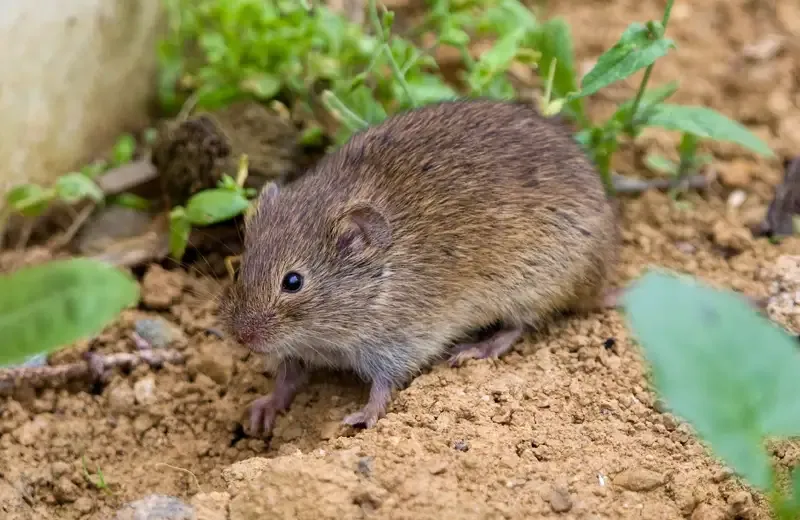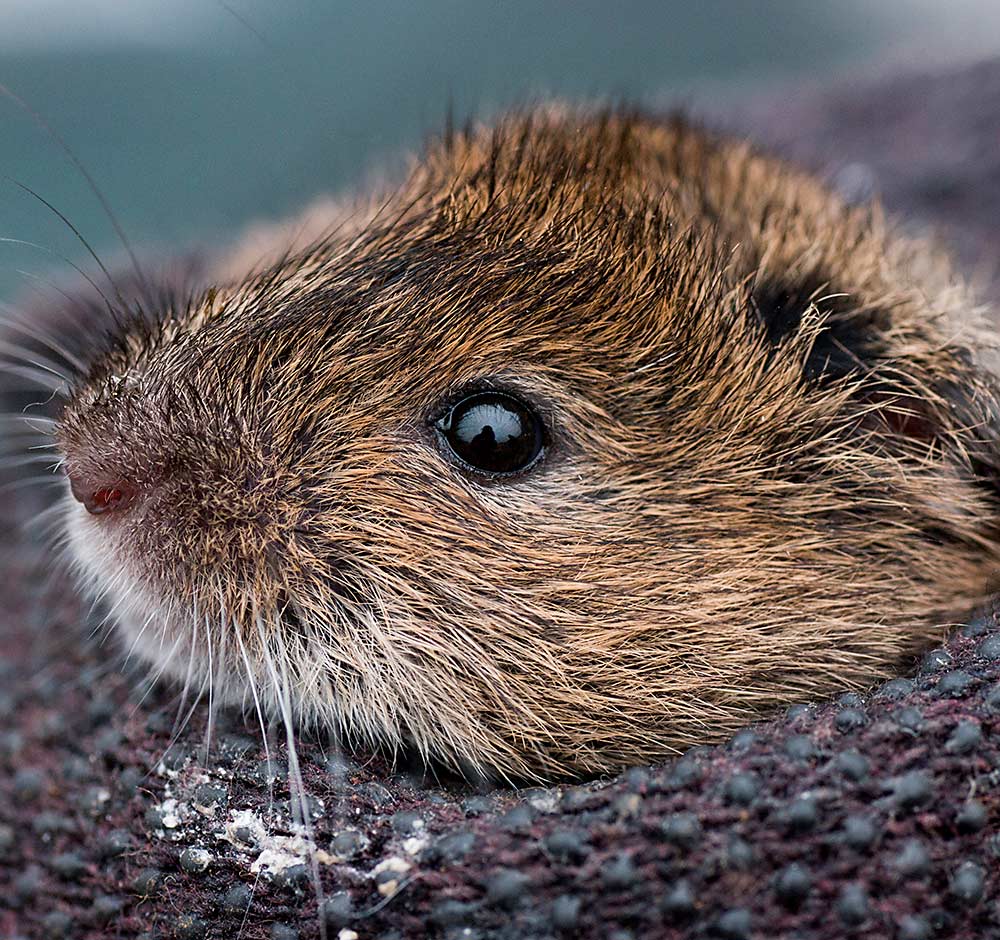Vole Control Tips to Preserve Your Yard and Gardens
Vole Control Tips to Preserve Your Yard and Gardens
Blog Article
Understanding Vole Parasite Control: In-depth Insights on Infestation Prevention and Treatment Techniques
By acknowledging the subtle indicators of vole invasion early on, we can take positive steps to prevent widespread damages. In this conversation, we will explore the subtleties of vole habits, delve right into the identification of infestation indications, and discover the most effective prevention and therapy techniques.
Understanding Vole Actions
Taking a look at the foraging patterns of voles provides beneficial insights into their habits and habitat choices. Voles, little rodents looking like computer mice, are herbivores understood for their underground tunneling tasks. By observing their foraging habits, scientists can get a much better understanding of where voles choose to establish their environments and the degree of their environmental influence. Voles are prolific dog breeders, with a solitary female qualified of creating several trashes in a year, making it important to understand their habits for reliable parasite control approaches.
Study indicates that voles exhibit careful feeding routines, favoring tubers, roots, and seeds. This dietary preference affects their foraging patterns, leading them to locations abundant in plant life and ground cover. In addition, voles are understood to develop intricate passage systems for foraging and nesting purposes, indicating a high level of adaptability to their surroundings.
Comprehending vole habits is vital for carrying out targeted insect control steps that disrupt their habitat choices and foraging tasks (vole control utah). By researching their actions, professionals can establish more effective avoidance and therapy techniques to manage vole infestations

Identifying Indicators of Vole Problem
Vole problems can be detected by recognizing details indications of their visibility in an area. One of the most common indicators of a vole invasion is the existence of surface paths. Voles develop networks of narrow paths on the ground that are commonly about two inches vast. These runways are frequently found in verdant areas or under compost or ground cover where voles can move openly and browse for food.
Another key sign of vole infestation is the visibility of small burrow openings in the ground. Voles dig superficial burrow systems with multiple entryways and exits. These burrows serve as sanctuary and nesting sites for the voles. In addition, voles are known to leave eaten plant stems, roots, and bulbs near their burrow openings, showing their feeding activity in the location.
Discovering these droppings along paths or near burrow openings can validate a vole problem. By being vigilant for these indicators, property proprietors can promptly resolve vole infestations and avoid additional damage.
Executing Positive Prevention Steps

Moreover, employing all-natural vole deterrents like castor oil-based repellents or predator pee can act as efficient preventive procedures. It is also a good idea to routinely evaluate outside rooms for any type of indicators of vole activity, such as paths or delve openings, to deal with possible infestations without delay. vole lawn damage. By taking on these proactive avoidance approaches, home proprietors can considerably lower the likelihood of vole damage and preserve the wellness and aesthetic appeals of their landscapes
Reliable Therapy Strategies
Integrating you can try here targeted trapping methods and utilizing accepted rodenticides are necessary elements of effective therapy methods for managing vole infestations. Normal tracking and upkeep are likewise key facets of effective treatment approaches to make sure that vole populations are maintained under control. By combining capturing, rodenticides, habitat alteration, and constant monitoring, reliable vole insect control can be attained.
Monitoring and Upkeep Tips
Preserving an organized timetable for tracking and conducting regular upkeep tasks is vital to sustain the efficiency of vole pest control actions. Routine tracking enables the early detection of vole activity, allowing prompt treatment before invasions get worse. To efficiently keep track of vole populations, purposefully positioned catches can be utilized in vole paths or near burrow entryways. By on a regular basis checking these traps, residential or helpful hints commercial property owners can determine the extent of vole activity and change control approaches accordingly.
Additionally, maintaining a tidy and well-kept landscape is vital in vole avoidance. Cleaning away particles, such as stacks of timber or thick plants, removes possible vole environments. Consistently cutting and trimming yards plants helps in reducing vole concealing areas and lessens find more their accessibility to food resources.
Moreover, continuous upkeep of physical obstacles, such as fencings or cable mesh, is important to avoid vole invasion. Checking and repairing any problems to these frameworks makes sure that vole control continues to be efficient in protecting residential properties from invasions. By integrating these tracking and maintenance techniques right into a detailed vole bug control plan, individuals can properly take care of vole populaces and secure their residential properties from damages.
Final Thought
In conclusion, understanding vole parasite control calls for a strong understanding of vole actions, the capability to identify indicators of problem, carrying out proactive prevention actions, reliable treatment approaches, and regular surveillance and maintenance. By taking a comprehensive strategy to vole control, individuals can efficiently manage and stop infestations, inevitably safeguarding their residential or commercial property and bordering environment from damages caused by these tiny rodents.
In this conversation, we will certainly check out the subtleties of vole habits, dive into the recognition of infestation signs, and uncover the most effective avoidance and therapy approaches.Integrating targeted capturing methods and using accepted rodenticides are important parts of effective treatment approaches for managing vole invasions. To properly monitor vole populations, purposefully put catches can be utilized in vole runways or near burrow entryways. Evaluating and repairing any damages to these frameworks makes certain that vole control remains efficient in securing properties from invasions. By integrating these surveillance and maintenance practices into an extensive vole bug control strategy, people can properly manage vole populations and safeguard their residential properties from damages.
Report this page